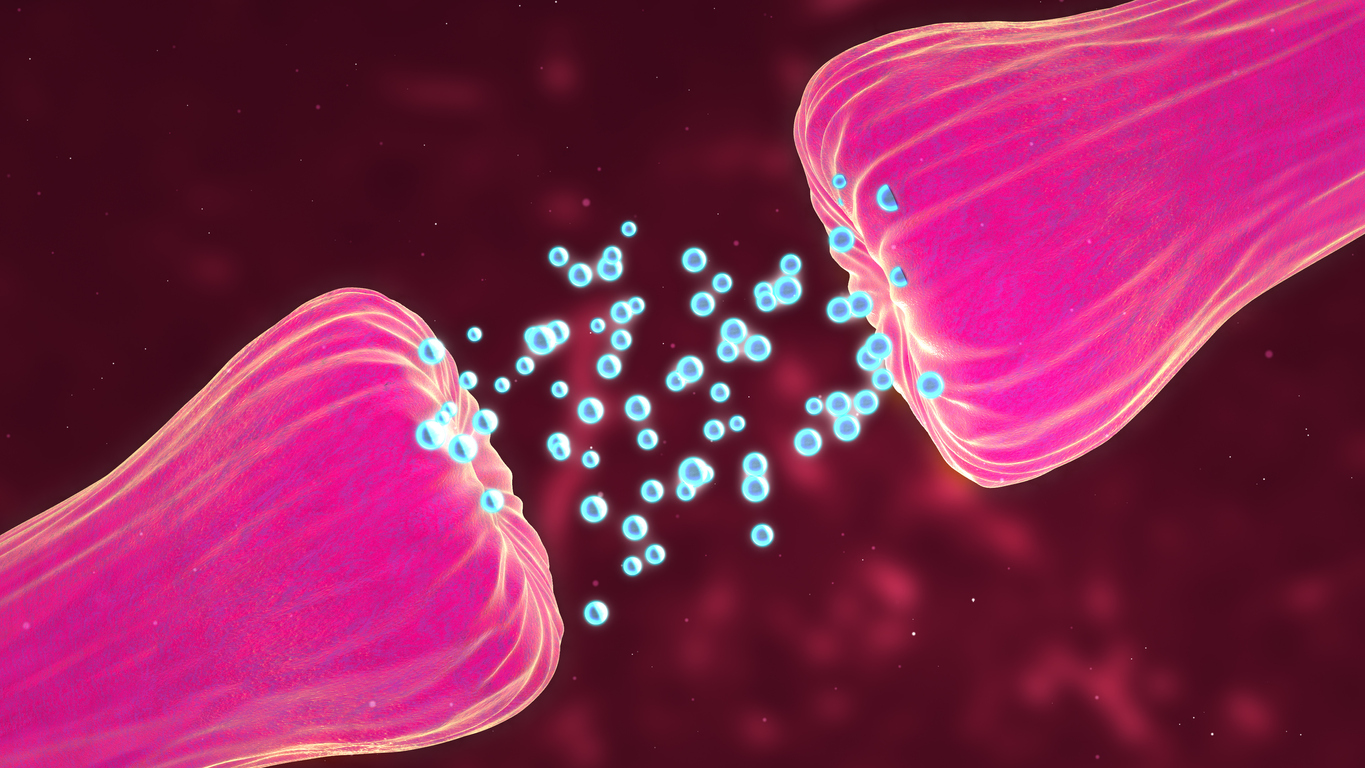Premenstrual mood symptoms constitute a substantial global public health issue, according to the researchers, given that at least 61% of women in the survey, across all age categories, reported having them every menstrual cycle.
According to Jennifer L. Payne, MD, the study’s primary author, revealed that premenstrual mood problems are exceedingly common throughout the world. Additionally, the majority of women claimed that premenstrual symptoms occasionally interfered with their daily life.
Enhanced Knowledge of Premenstrual Symptoms
The team used the Flo app, which helps women keep track of their menstrual cycle, mood, or medical symptoms during and after pregnancy. They collected over 238,000 survey responses from women aged 18 to 55 from 140 different countries. Through the analysis of these responses, the researchers were able to gain a better understanding of the various premenstrual symptom types that women experience and how these symptoms affect their daily lives.
Researchers from the University of Virginia School of Medicine, Johns Hopkins University, and Flo Health found that food cravings were experienced by 85.28 percent of the women in their study, followed by mood swings or worry (64.18) and weariness (64.18). (57.3 percent). Premenstrual symptoms were described as interfering with everyday life by 28.61% of research participants every menstrual cycle and by 34.85% of participants on a sporadic basis.
According to Payne, there were considerable regional differences in the reported prevalence of premenstrual mood and anxiety symptoms, ranging from 35.1% in the Congo to 68.6% in Egypt. According to the study, it will be crucial to focus future research on figuring out the biological or cultural factors that affect country-level rates.
Older survey participants were shown to be considerably more likely to experience low libido, problems with sleep, weight gain, headaches and even memory loss. According to the researchers, the rise in physical complaints among older survey respondents “makes sense” because many of these symptoms are connected to perimenopause, a stage of menopause marked by irregular monthly periods.
Payne thinks that better therapy for women will result from teaching medical professionals on the prevalence of these symptoms, especially anxiety and mood-related problems.
The specialist claims that there are numerous techniques to control premenstrual symptoms that affect a woman’s ability to go about her regular activities. By raising knowledge of the prevalence of these symptoms and the availability of remedies if they interfere with functioning, women’s quality of life will be enhanced.
Story Source: Original press release by University of Virginia Health System. Note: Content may be edited for style and length by Scible News.
References
Liisa Hantsoo, Shivani Rangaswamy, Kristin Voegtline, Rodion Salimgaraev, Liudmila Zhaunova, Jennifer L. Payne. Premenstrual symptoms across the lifespan in an international sample: data from a mobile application. Archives of Women’s Mental Health, 2022; DOI: 10.1007/s00737-022-01261-5





